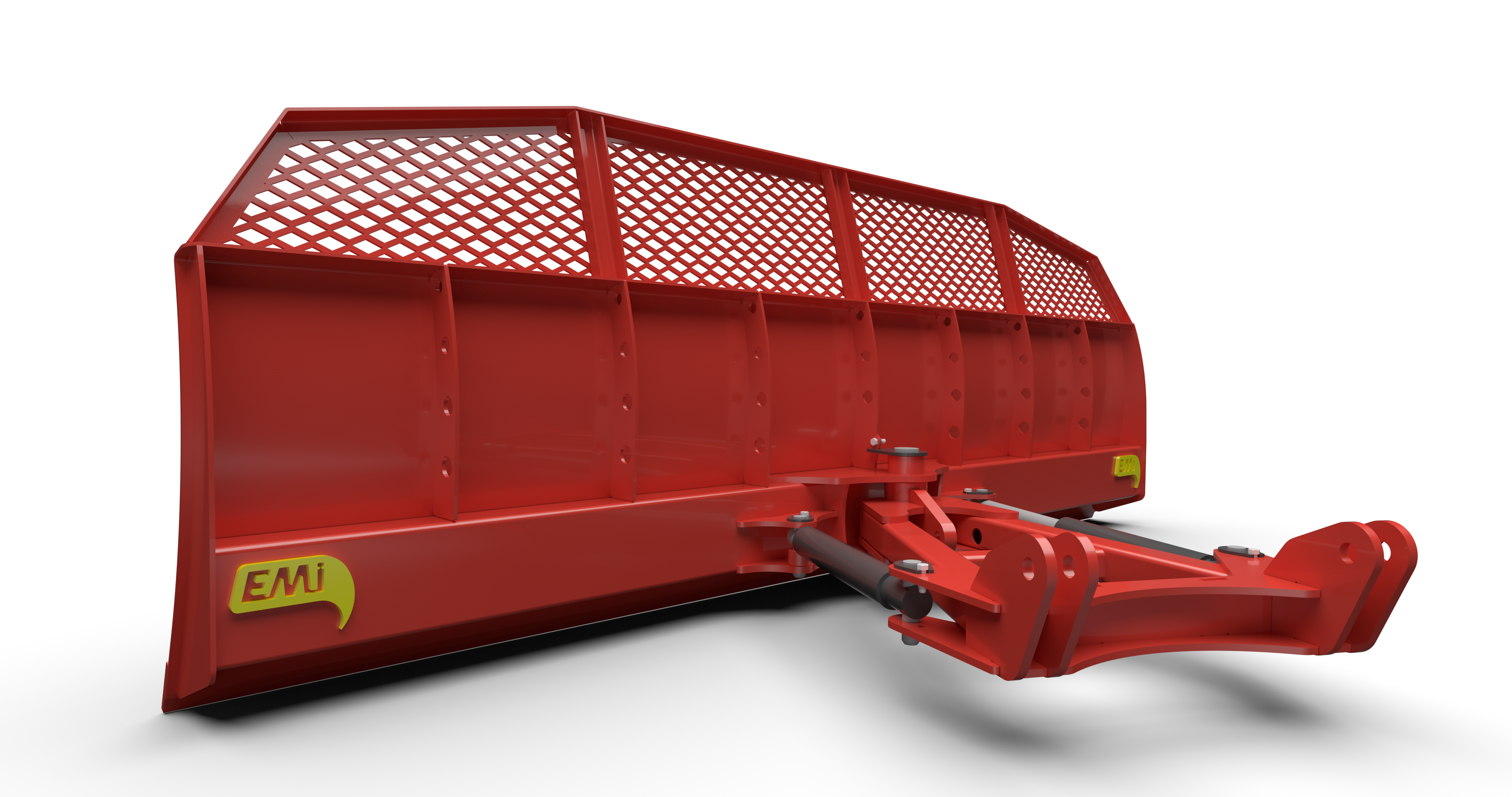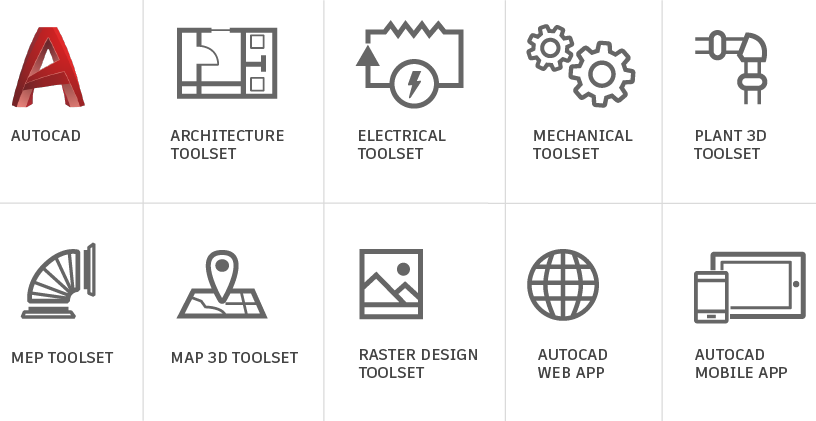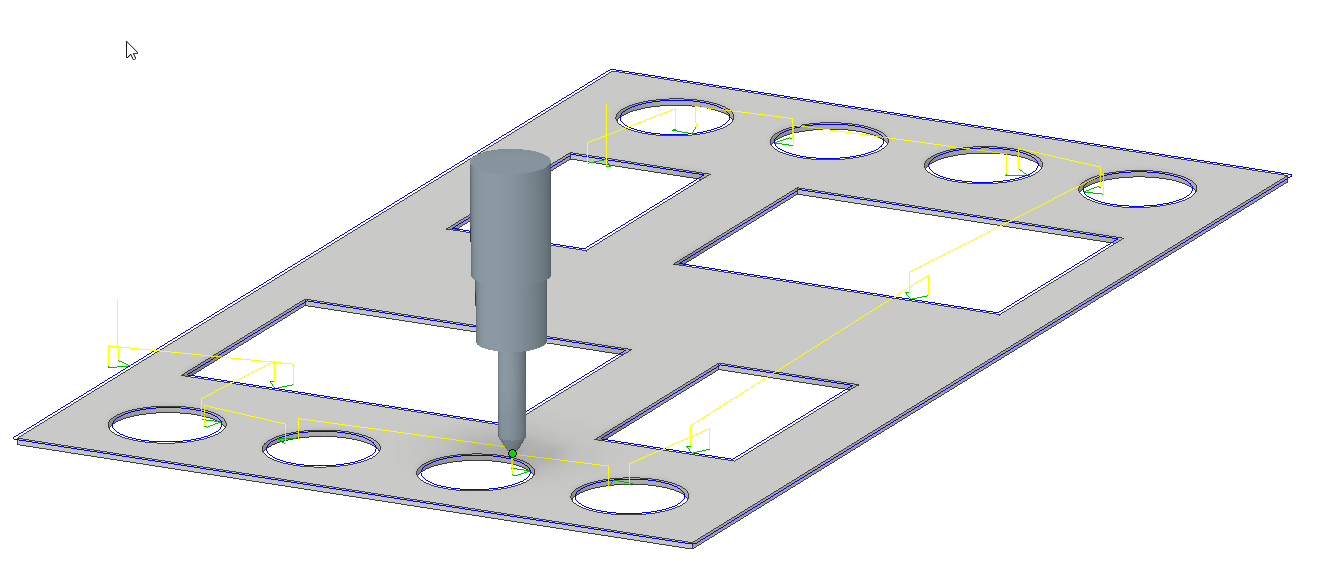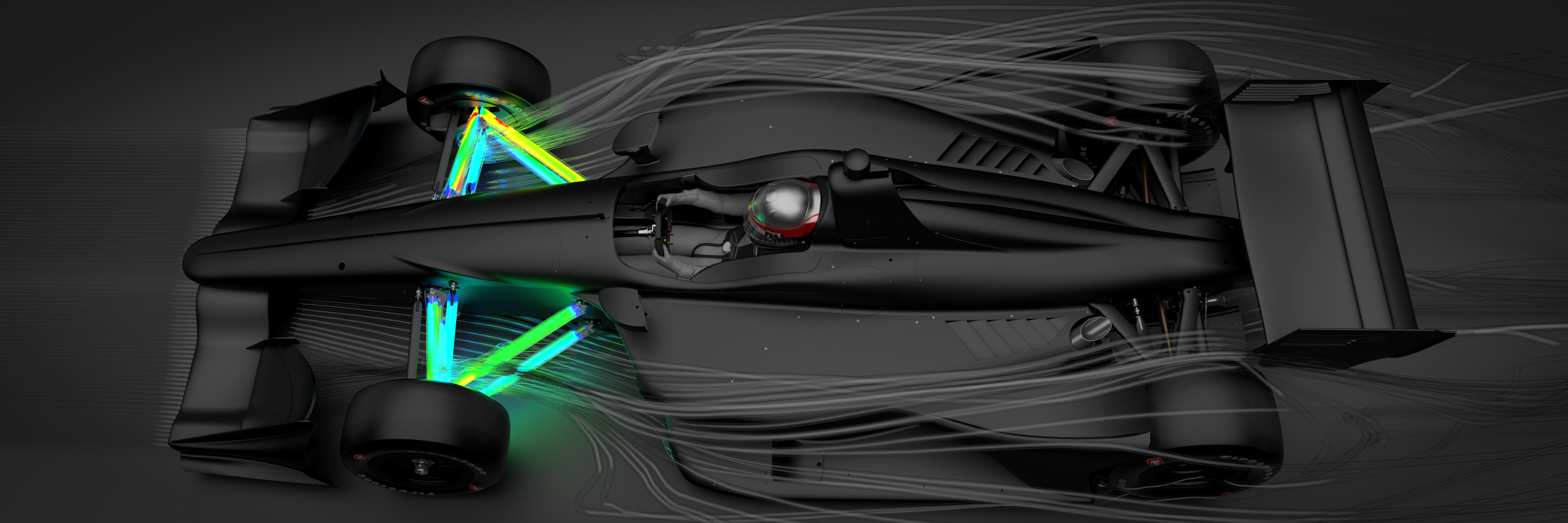What’s New: Product Design and Manufacturing Collection
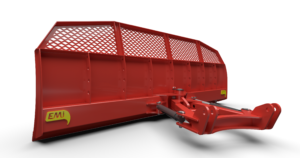
Product Design and Manufacturing Collection
You know its spring time when the birds are out, the snow has melted and new versions of your favorite software are ready to install! We recently shared some of the new enhancements in Inventor 2019. Now that you have had a chance to see what’s new in Inventor, we want to share what’s new for the rest of the Product Design and Manufacturing Collection.
The Nesting Utility is the newest addition to the Product Design and Manufacturing Collection. If you are excited about this news, you aren’t alone as nearly 40% of our Inventor users create and manufacture sheet metal components. With the addition of the Nesting Utility you can now create sheet metal designs inside Inventor and then optimize nesting patterns to lower manufacturing costs. Some highlights for this first release:
- Nest Inventor sheet metal parts and assemblies : Nests can be generated for parts or assemblies with multiple material types and thicknesses, helping you easily optimize material usage from flat raw material cutting operations
- Associativity : Nested Sheets are associative to the sheet metal parts/assemblies making it easy to update the nested sheet if any design changes occur.
- Toolpath and NC generation
: Nests can be fed into your manufacturing process. Automatically create 3D models or export DXF
 files for use in toolpath generation using Inventor HSM or other CAM software
files for use in toolpath generation using Inventor HSM or other CAM software
- Automated nest reports : Review reports that detail nesting efficiency with remnant details, total cost, and machining time.
AutoCAD
Over 30% of our Inventor users also work with AutoCAD, and Product Design and Manufacturing Collection now includes a lot more capability and flexibility with additional specialized toolsets plus web and mobile access. This Spring, PDMC subscribers will see AutoCAD MEP, AutoCAD Map 3D, AutoCAD Plant 3D and AutoCAD Raster Design added to their subscription. Some of the new and enhanced features that you will find in AutoCAD 2019 and the industry-specific toolsets include:
- DWG compare: Easily identify and document graphical differences between 2 revisions of a drawing or xref. Use color-coded graphics to highlight the differences between the drawing versions.
- 2D graphics enhancements: Zoom, pan, and change draw orders and layer properties faster. New controls in the Graphics Performance dialog box let you easily configure the behavior of 2D graphics performance.
- Shared views: Share designs without releasing original drawing files. Use a shareable link to publish drawing design views in a web browser and receive comments back directly into AutoCAD desktop.
- Views and viewports: Insert named views onto a layout, change the scale of or move a paper space viewport at any time, and quickly create new model views—even while working on a layout.
We’ve also enabled you to work with designs, drawings, and data on any platform and across devices. The team has just launched an all-new AutoCAD web app and made improvements to the AutoCAD mobile app.
- AutoCAD web app: New to the AutoCAD family of products, the AutoCAD web app gives you quick, anytime access to the latest plans. View, create, and edit your CAD drawings through a simplified web interface at autocad.com .
- AutoCAD mobile app : Work with drawings in the field—even offline. View, create, and edit CAD drawings with powerful, easy-to-use tools on any mobile device.
Inventor HSM
In August 2017 Product Design and Manufacturing Collection subscribers gained access to Inventor HSM Ultimate so they could more easily connect design and manufacturing, all within Inventor. The package enables you to access all the power of Inventor as well as 2.5-axis to 5-axis milling, turning, and mill-turn CAM in a common environment. The latest 2019 release brings several new enhancements:
- Adaptive Clearing – Both Ways: Adaptive Clearing was formerly only able to generate roughing toolpaths in either climb passes only or conventional passes only. Now, Adaptive Clearing can now create 2D and 3D roughing toolpaths that dynamically choose between climb and conventional cut directions to decrease linking motion. You now have the ability to control the optimal load and feedrate for each direction individually when the cutting direction is set to both ways.
- 2D Profile: Waterjet, Laser, Plasma: The 2D Profile toolpath was introduced in Fusion 360, and has been added to Inventor HSM for programming waterjet, laser, and plasma machines. The 2D Profile operation includes new contour selection tools that can automatically detect inner and outer contours, as well as determine the correct order to cut contours in to avoid parts coming loose from the material.
- Inventor HSM API: An API for Inventor HSM has been added to allow you to automate tasks to create your own workflows. The API will give access to data about setups and operations, allow regeneration of toolpaths, automatically post process operations, and much more. When combined with iLogic, you will be able to automate your design and manufacturing workflows.
Nastran In-CAD
Along with HSM, Nastran In-CAD was added to Product Design and Manufacturing Collection last year. While Inventor Professional has long included integrated stress and modal analysis, Nastran enables engineers to go farther and examine the effects of transient loads, buckling, thermal stress, fatigue, and a lot more on their designs. For the 2019 release, Nastran opens up doors for automation, Multiphysics simulation possibilities, and even the flexibility to perform advanced pre/post processing in separate environments:
- Support for iLogic meaning scripting for In-CAD:
The iLogic integration with Nastran In-CAD allows you to extend rules-driven design to simulation. This allows for automation of material creation, idealization, meshing, application of boundary conditions, solving, and displaying of results.
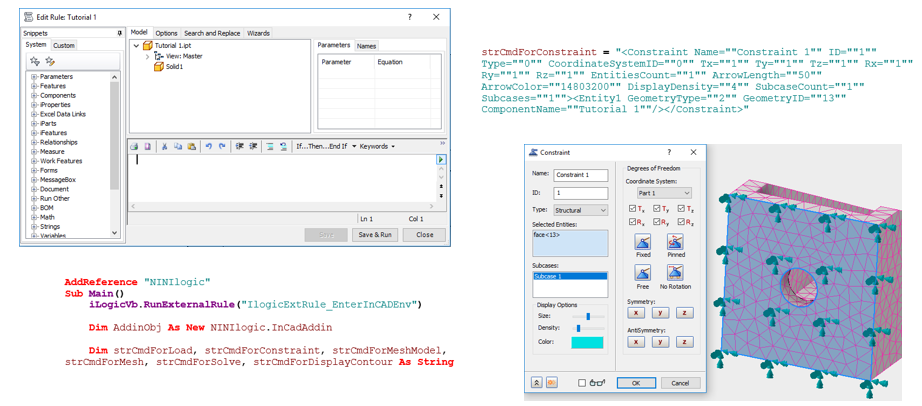
- Connections to Moldflow and CFD:
CFD and Moldflow are available separately for fluid flow and injection molding simulations. Nastran In-CAD can now connect with them to provide deeper insights across multiple domains. For CFD workflows we can take pressure and temperature loads into simulation for one-way Fluid Structure Interaction, for instance in a valve or manifold design application. For plastic part designs, we can now use as-manufactured information from Moldflow for accurate initial strain data and weld line failure prediction.
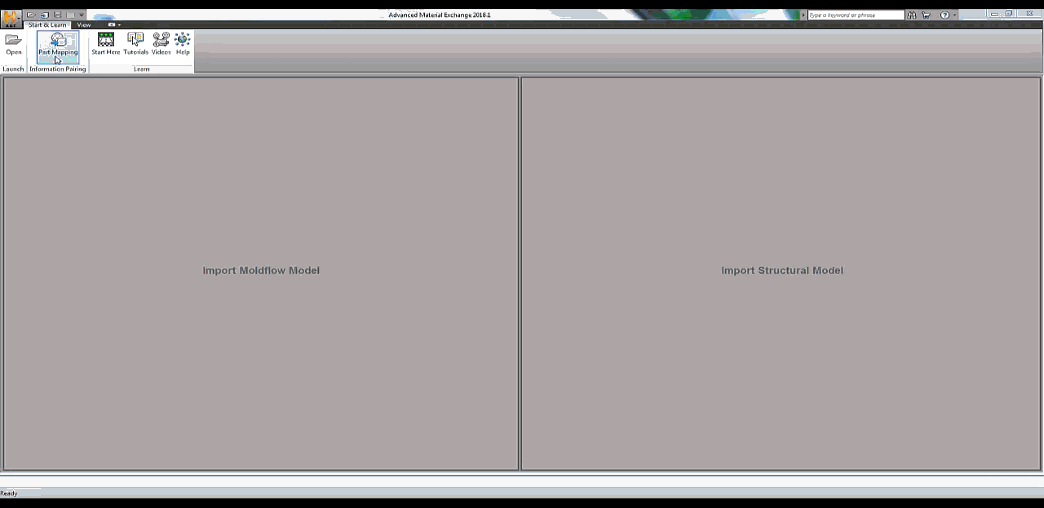
- Expanded capabilities: For decades Nastran has offered a wide array of simulation possibilities, and they are expanding further with the 2019 release. For example, you can now run a response spectrum analysis for time history events such as earthquakes or wind loads and see how they will affect large structures based on their natural frequencies. We also unlocked the Nastran solver, which allows for integration into other pre/post processors or other analyst workflows not exposed through the standard user interface.
Factory Design Utilities
Factory Design Utilities enable you to design factory layouts and optimize placement of machines and equipment for better productivity and performance. In the 2019 release, you can now manage assets easier than before by working with iLogic forms to drive asset parameters, quickly insert groups of assets into your layout, create chainable assets from directly within AutoCAD, and even learn how to use the Factory Design with the new Factory Design tutorials. Check out the details in the What’s New in Factory Design Utilities 2019 summary.
What are you waiting ?
There is a ton of new capability rolling out as part of the Product Design and Manufacturing Collection – we’ve only scratched the surface here. Be on the lookout for a deeper dive on several of the products over the coming months. We’re excited for you to get your hands on the new releases!
The post What’s New: Product Design and Manufacturing Collection appeared first on Inventor Official Blog.
Industries


Sign Up to get our monthly news Letter
About Us
All Rights Reserved | Mitchell and Son Additive Manufacturing Ltd | Registered Company in England and Wales | Company Number : 12038697
| Public Liability Insurance no. 14615097
Insurer: AXA XL


